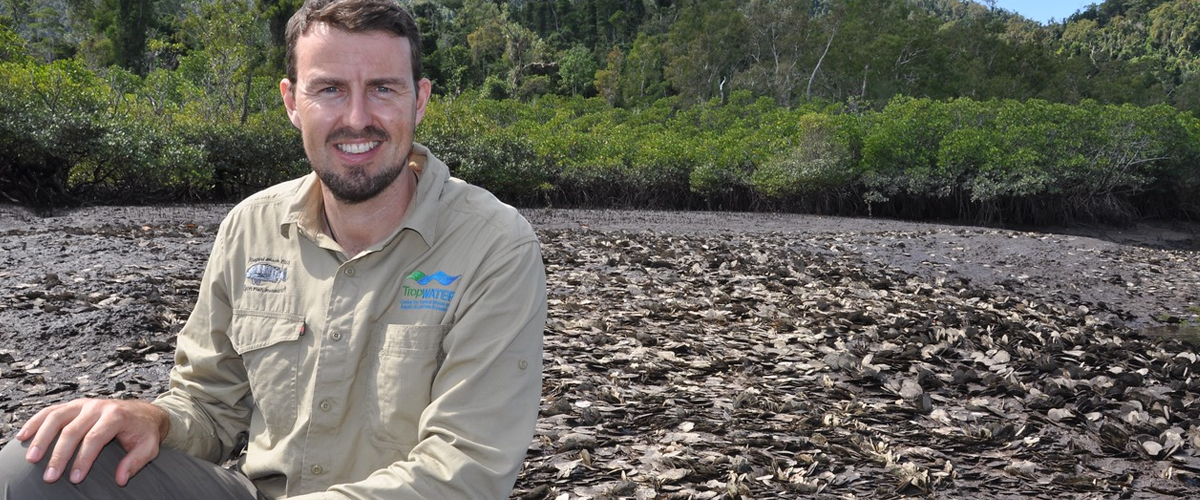
Shellfish reefs and saltmarshes are vital to the health of Australia’s bays and estuaries, supporting marine life and fish production, regulating water quality and curbing coastal erosion. These valuable nearshore ecosystems are in serious decline due to coastal development and activities such as intensive agriculture.
Reparation efforts have begun in some locations, with the promise of significant benefits. Further projects, however, hinge on increasing awareness and joint investment among governments, businesses and the community.
This project is distilling knowledge of shellfish reefs and saltmarshes, their distribution and ecology, to articulate the environmental, social and economic benefits of conservation and repair, as well as to provide practical guidance for repair.
The shellfish component of the project will build a picture of what Australia’s shellfish reefs were like before their decline: the species they harboured, Indigenous use, and the value of ecological services provided in terms of fish production, water quality regulation, and coastal protection.
The saltmarshes component will distill what is known about the location, ecology and condition of saltmarshes in southern and eastern Australia and identify priority opportunities for repair. It will identify key prawn species (such school prawns and banana prawns) that can be used as indicators of ecological health and productivity and as a focus of community awareness and education.
A better understanding of the function, status and value of repairing shellfish reefs and saltmarshes will provide a basis for prioritising and scoping repair investment opportunities, and devising associated data collection, analysis and reporting procedures.
The research results will be communicated to natural resource and fisheries management agencies, recreational and commercial fishing groups, the aquaculture industry, the community and Traditional owners in research locations.
Related information
- Fact sheet - Fostering the repair of Australia’s saltmarshes and shellfish reefs
- Shellfish Reef Restoration Website
- The Shellfish Reef Restoration Project - James Cook University and TropWATER - Tropical Water & Aquatic Ecosystem Research
- Repairing Australia's Saltmarshes - James Cook University and TropWATER - Tropical Water & Aquatic Ecosystem Research
- Launch of shellfish report, 26 May 2016
- Australian Shellfish Reef Restoration Network Photo website - shellfish reefs in Australia, NZ, USA - October 2016
- Related research - Project E5 - The role of restoration in conserving matters of national environmental significance
